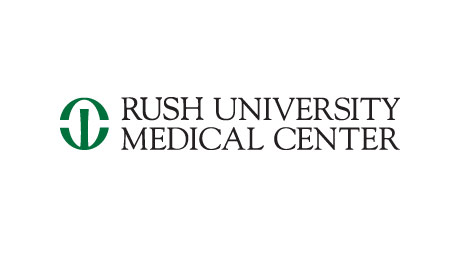Stand-Alone Cage Verus Anterior Plating for Anterior Cervical Discectomy and Fusion.
| Status: | Enrolling by invitation |
|---|---|
| Conditions: | Orthopedic |
| Therapuetic Areas: | Orthopedics / Podiatry |
| Healthy: | No |
| Age Range: | Any |
| Updated: | 3/28/2019 |
| Start Date: | July 17, 2017 |
| End Date: | December 31, 2020 |
Stand-Alone Cage Versus Anterior Plating for 1-2 Level Anterior Cervical Discectomy and Fusion. A Clinical and Radiographic Analysis
The purpose of this study is to compare the clinical results between two different techniques
for ACDF: 1. Stand-alone ACDF, which means the placement of an interbody device (cage)
without anterior fixation or plating; 2. ACDF with and interbody cage and anterior plating
for fixation. Both of these procedures are commonly performed at Rush with unclear advantage
of one procedure over the other. Both have been associated with good to excellent clinical
outcomes. The devices used in this study are approved by the Food and Drug Administration
(FDA).
for ACDF: 1. Stand-alone ACDF, which means the placement of an interbody device (cage)
without anterior fixation or plating; 2. ACDF with and interbody cage and anterior plating
for fixation. Both of these procedures are commonly performed at Rush with unclear advantage
of one procedure over the other. Both have been associated with good to excellent clinical
outcomes. The devices used in this study are approved by the Food and Drug Administration
(FDA).
Anterior cervical discectomy and fusion (ACDF) is one the most common procedures performed by
spine surgeons. Although ACDF with autologous bone graft and anterior plating is commonly
performed, this procedure may be associated with postoperative dysphagia, significant costs
and adjacent segment pathology. To address these concerns, a number of surgeons have opted to
utilize an interbody cage in a stand-alone fashion with good to excellent results. However,
the published data is limited and currently there in no consensus among spine surgeons
regarding the best technique to achieve fusion and improve clinical outcomes in patients with
degenerative disc disease in the cervical spine.
spine surgeons. Although ACDF with autologous bone graft and anterior plating is commonly
performed, this procedure may be associated with postoperative dysphagia, significant costs
and adjacent segment pathology. To address these concerns, a number of surgeons have opted to
utilize an interbody cage in a stand-alone fashion with good to excellent results. However,
the published data is limited and currently there in no consensus among spine surgeons
regarding the best technique to achieve fusion and improve clinical outcomes in patients with
degenerative disc disease in the cervical spine.
Inclusion Criteria:
- Patients undergoing a primary 1- to 2-level ACDF
(a) Diagnosis: myelopathy, radiculopathy, myeloradiculopathy, stenosis, herniated
nucleus pulposus, degenerative disc disease, spondylosis, osteophytic complexes, and
foraminal stenosis
- Patients able to provide informed consent
Exclusion Criteria:
- Cervical spine trauma
We found this trial at
1
site
Rush University Medical Center Rush University Medical Center encompasses a 664-bed hospital serving adults and...
Click here to add this to my saved trials
